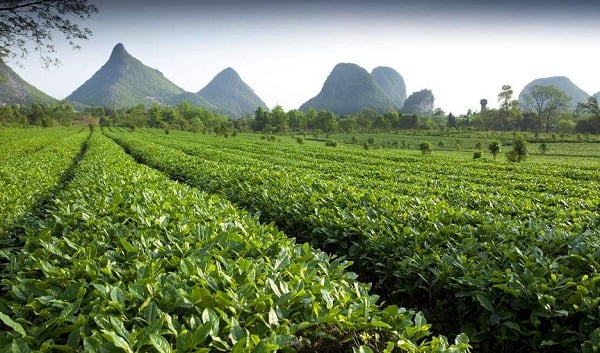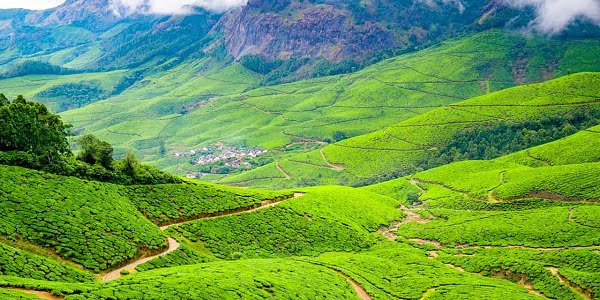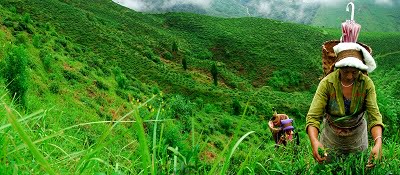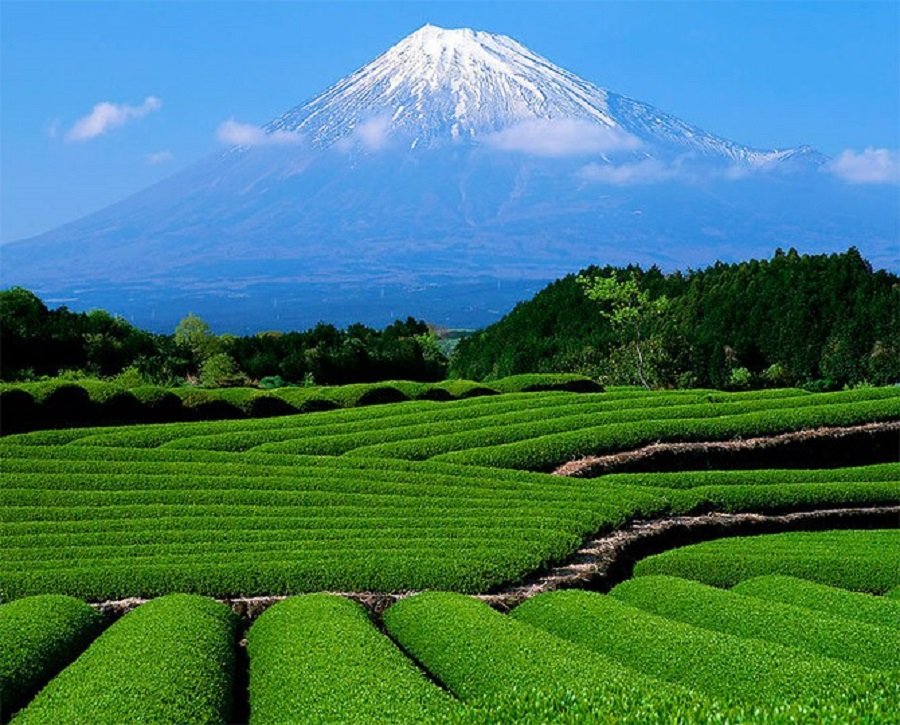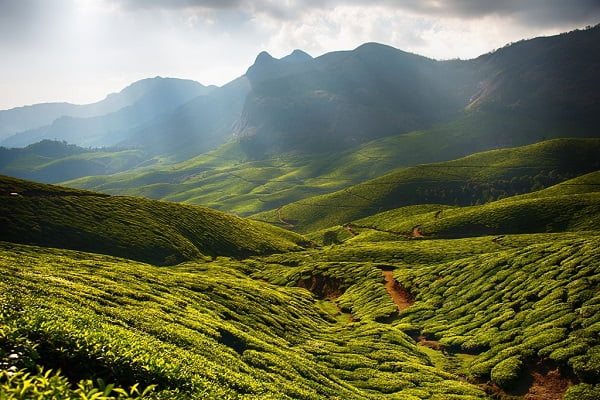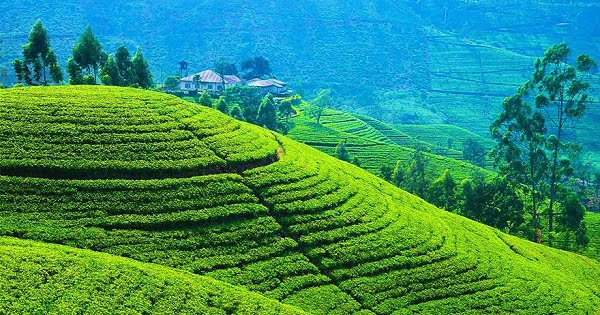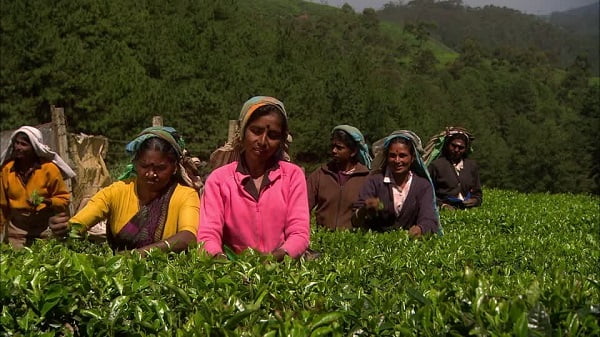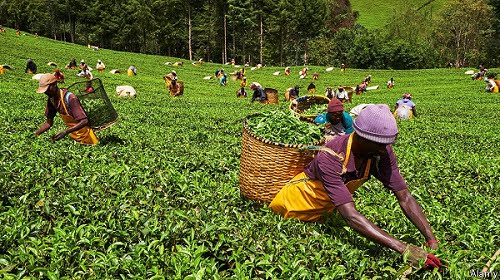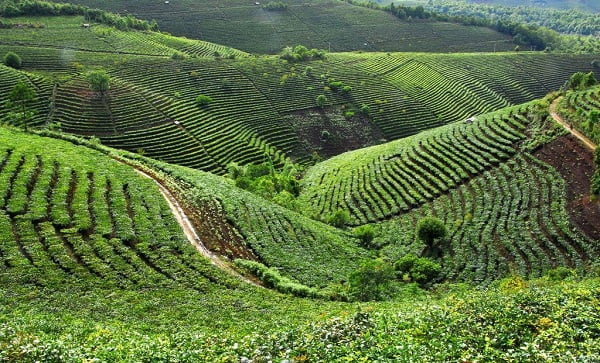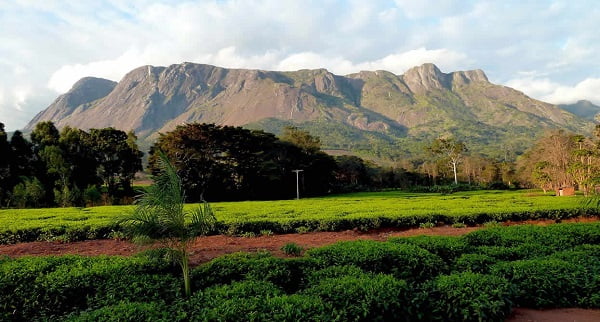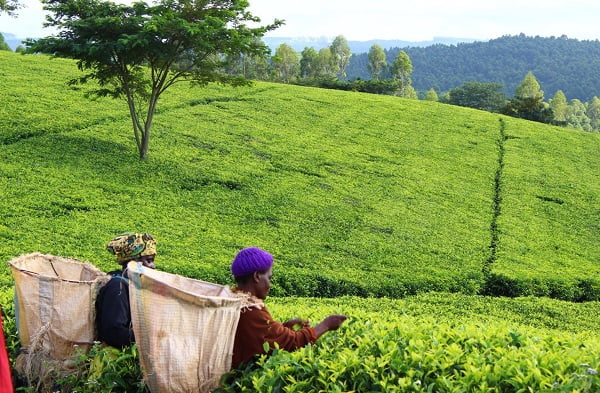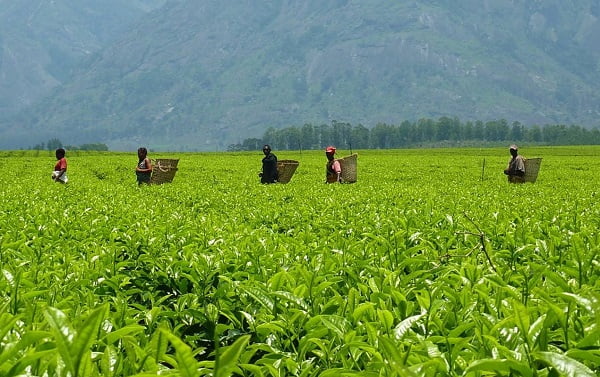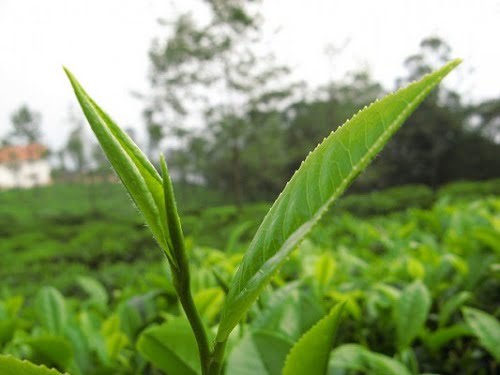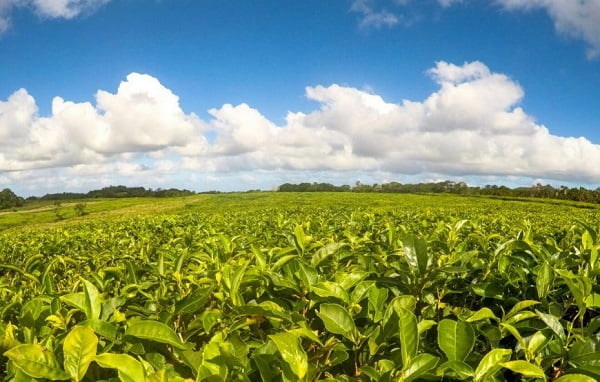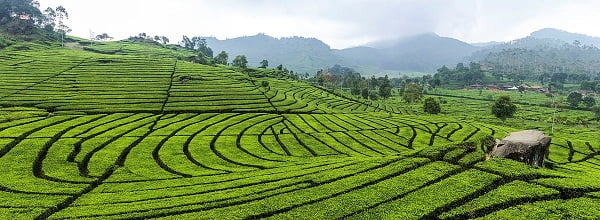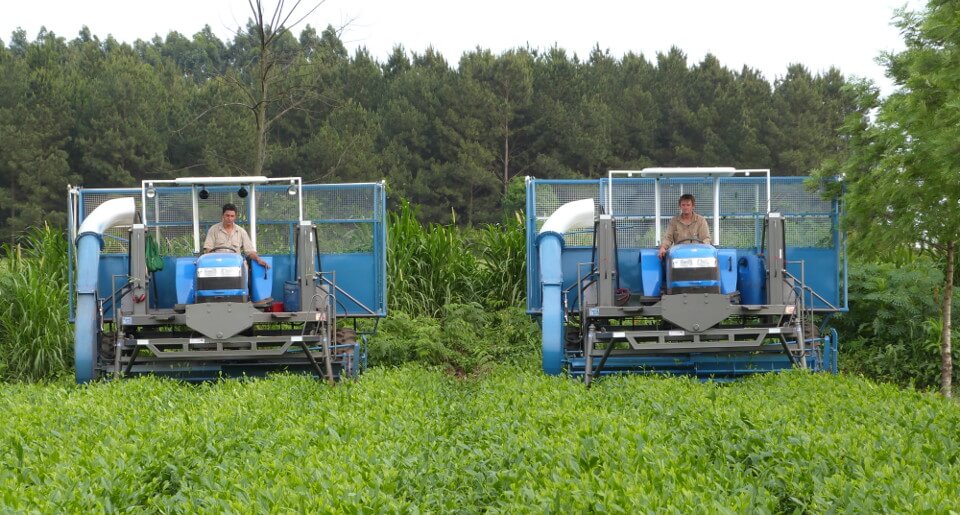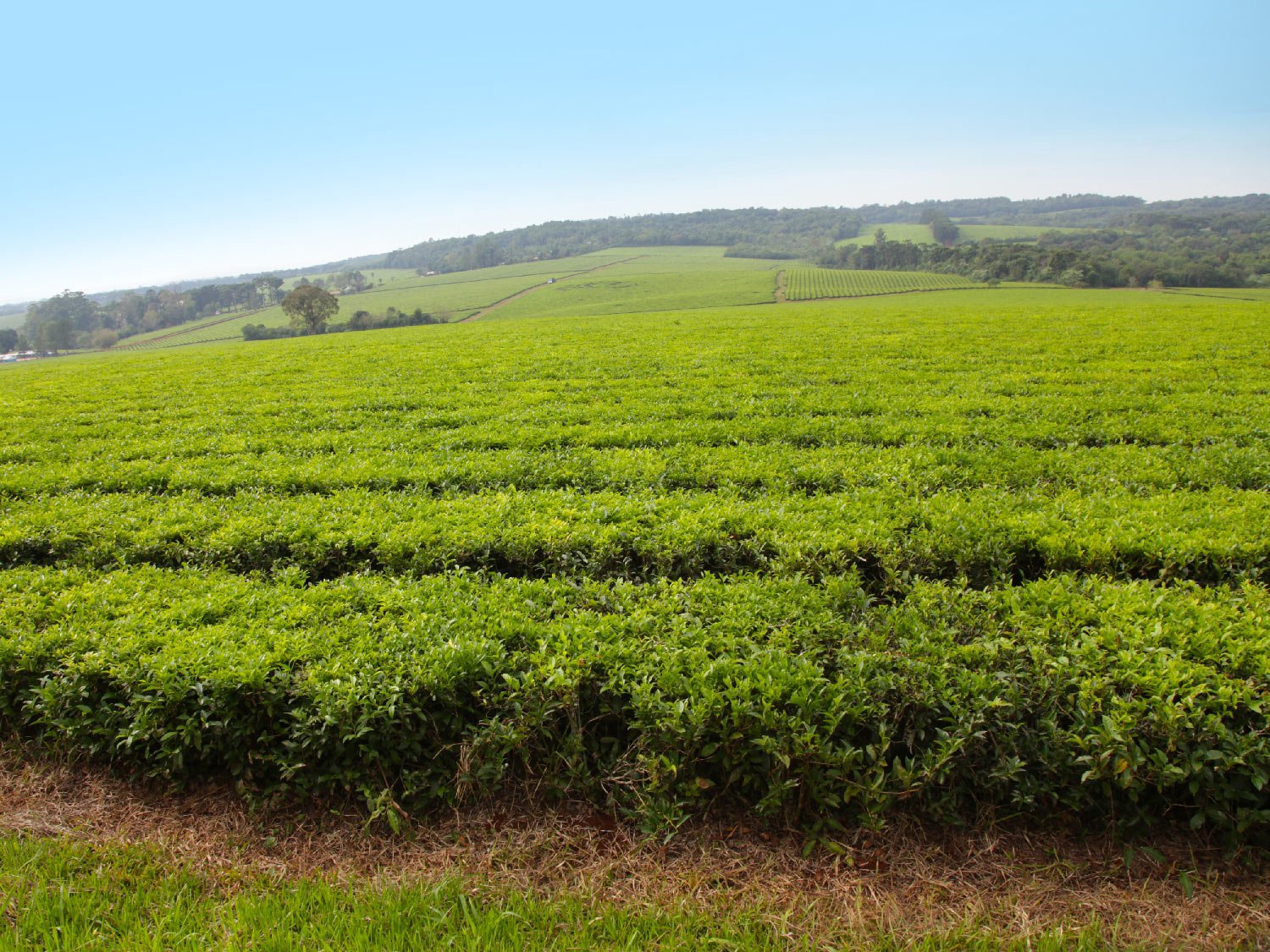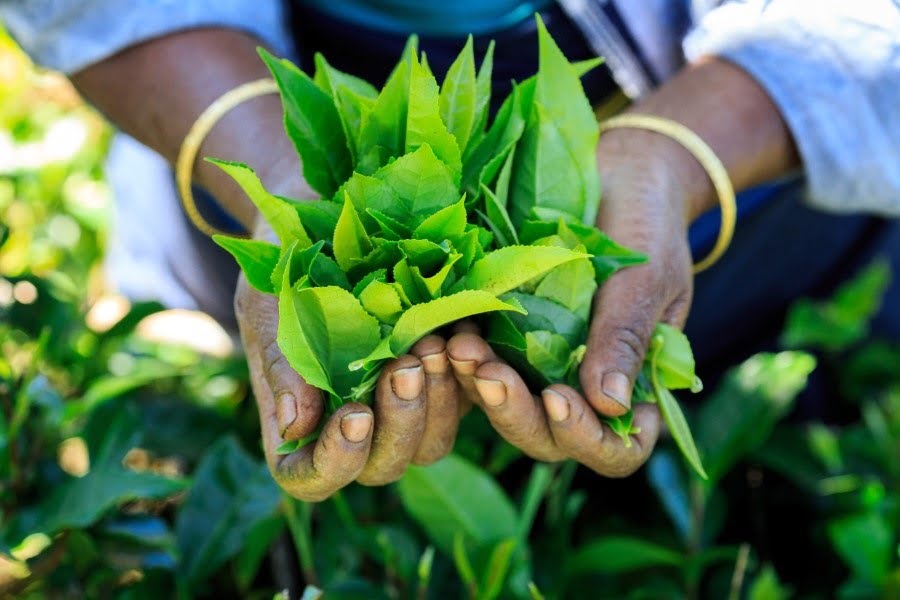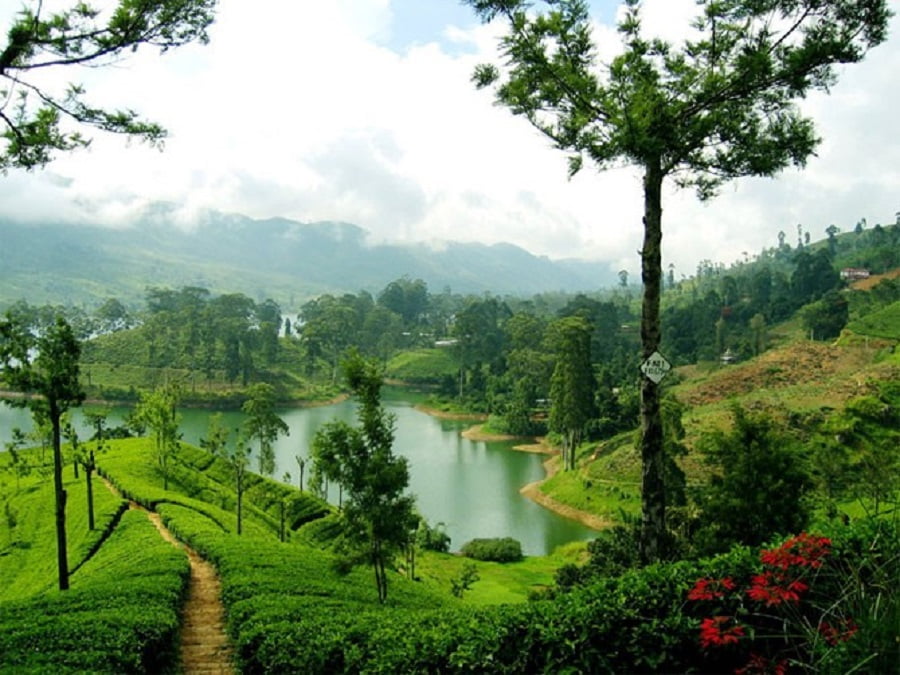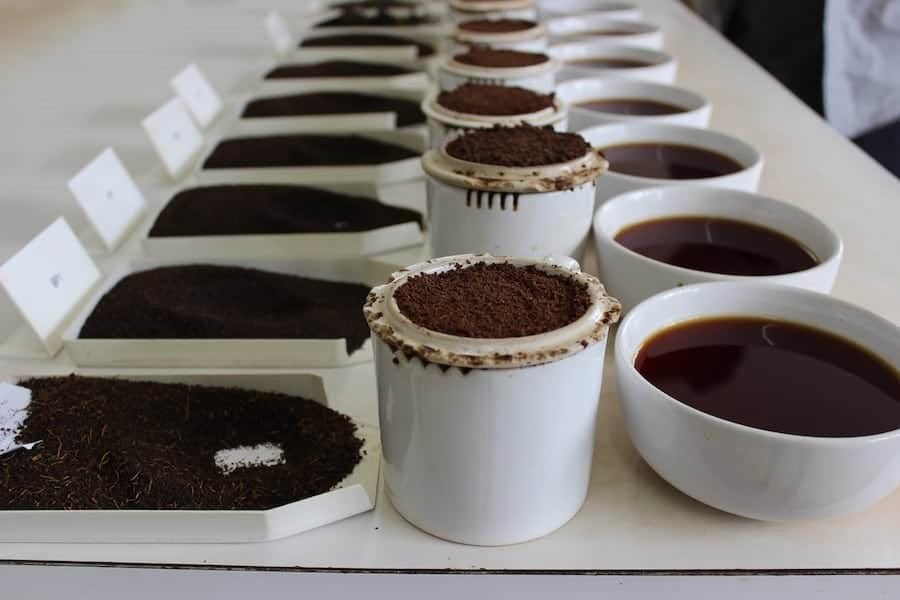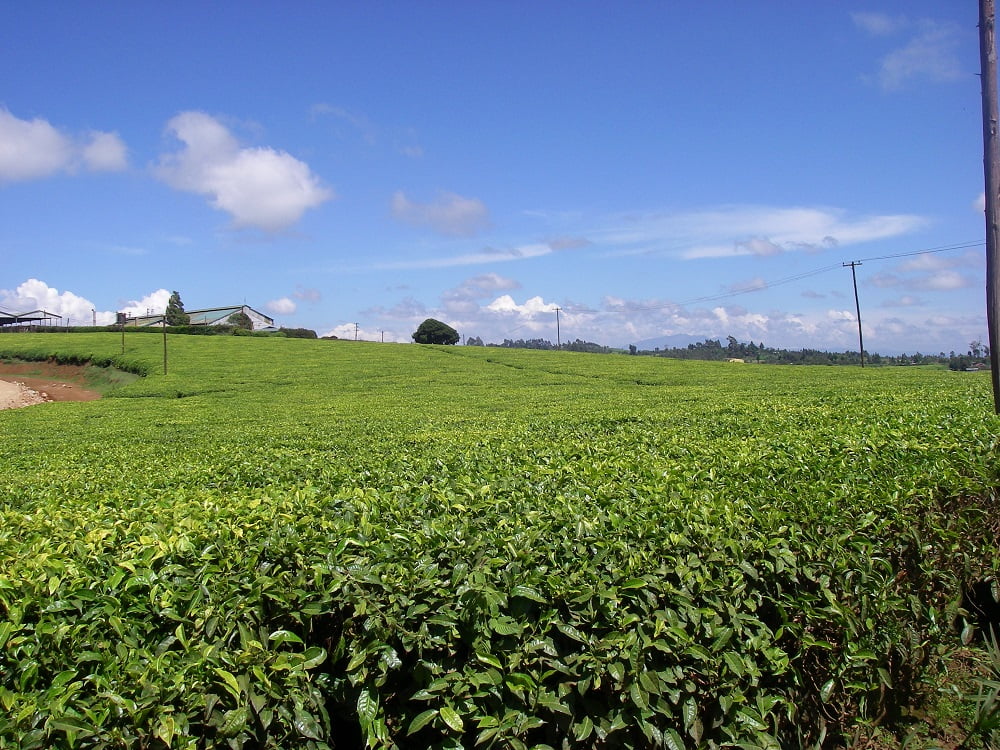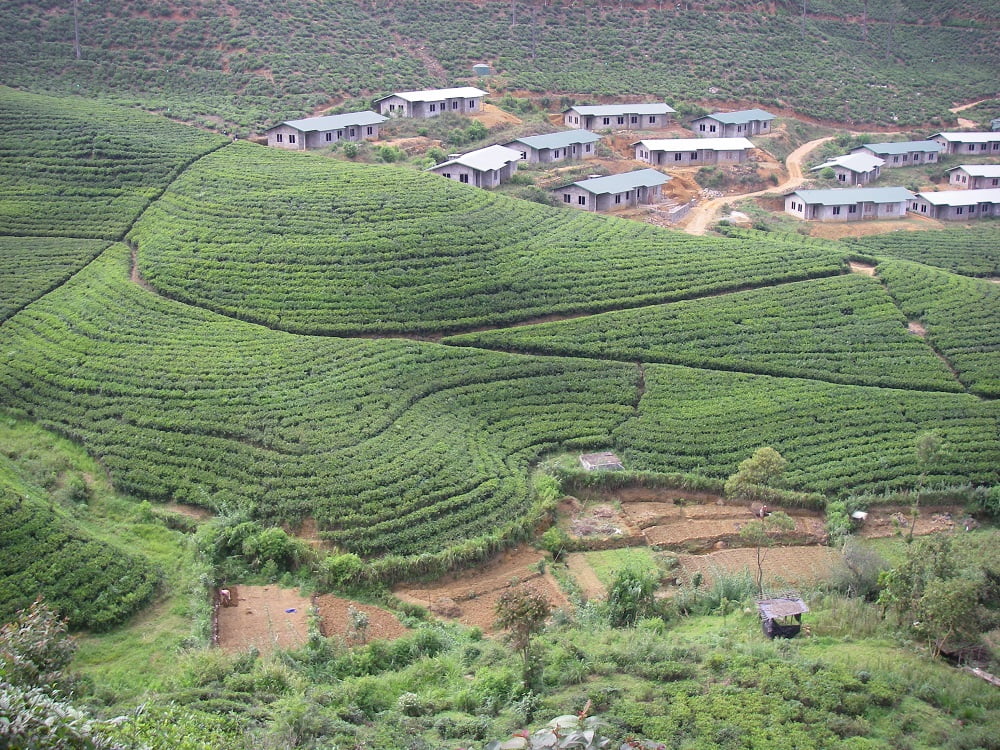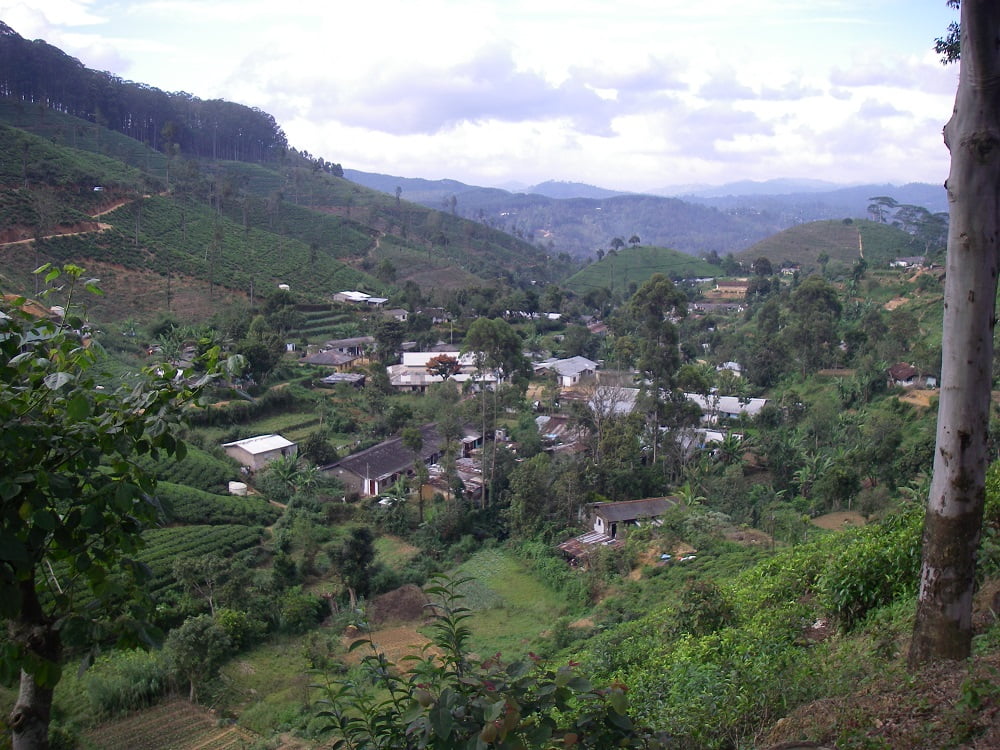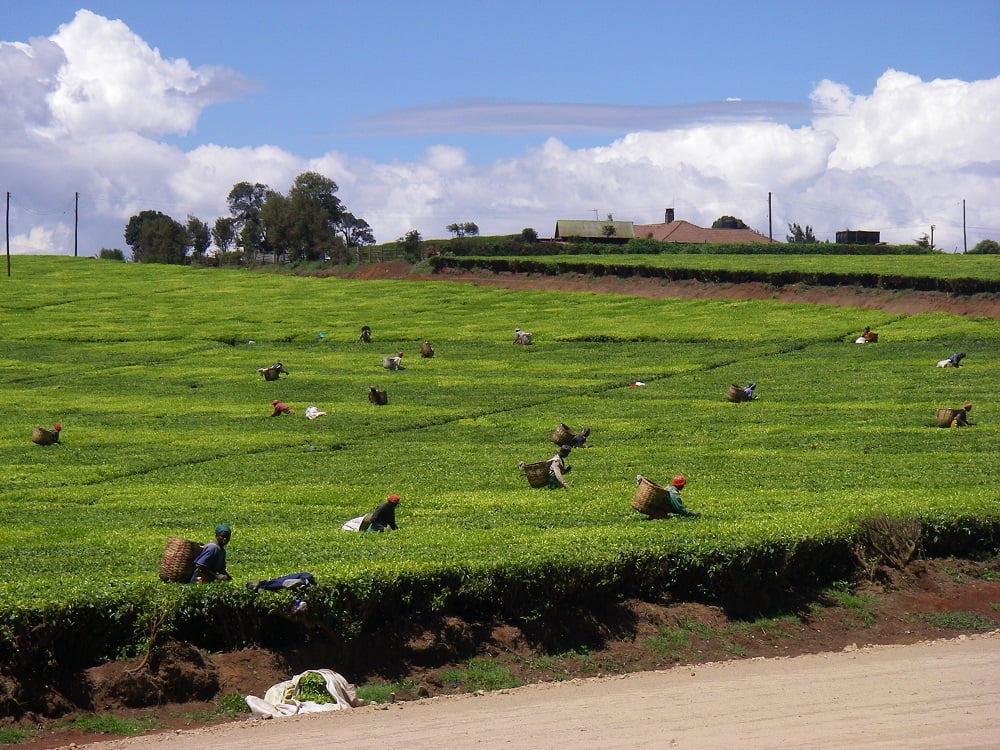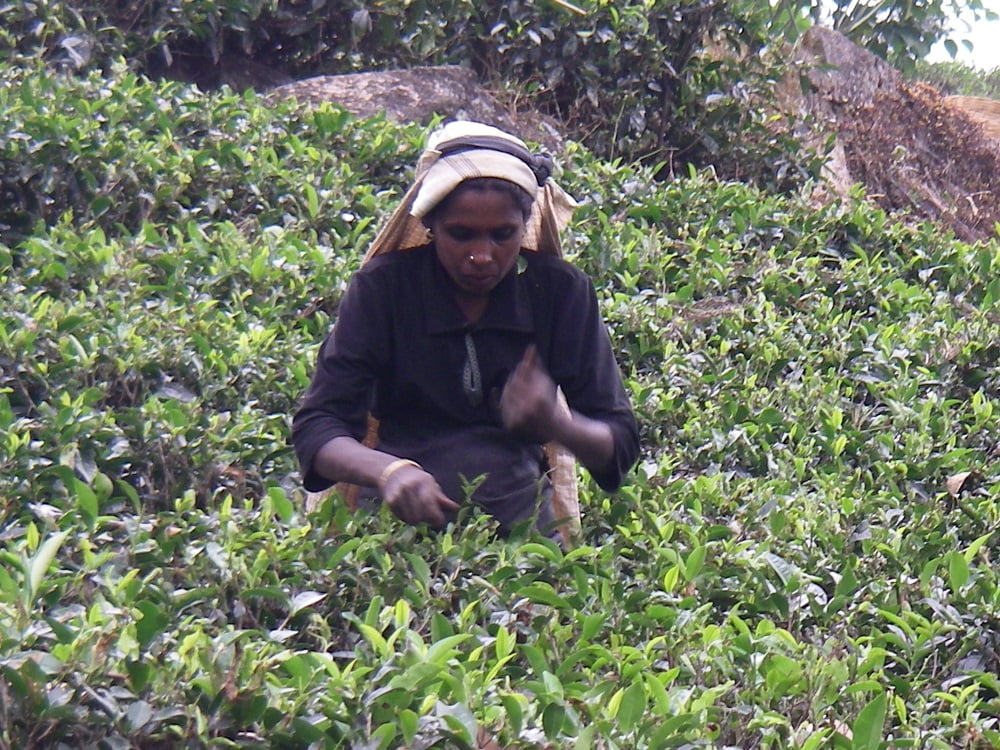Tea Growing Countries From Around the World
Today, Tea is grown in most continents, Camellia Sinensis plant from which is the species that Tea originates and some 40 Countries are now growing Tea where its growth thrives in acidic soil conditions along with suitable temperatures and altitude and with suitable and regular rainfall availability. For many of these countries, the production of Tea is perceived as an important and valuable source of export income and also provides huge employment opportunities.
Teas to Choose From
- Afternoon Blend
- Assam Leaf – Ctc
- Assam Leaf (ORTHORDOX)
- Darjeeing Leaf
- English Breakfast
- Gunpowder Tea
- Jasmin With Flowers
- Oolong
- Orange Pekoe
- Rwanda – Ctc
- Kenya – Ctc
- Burundi – Ctc
- Ceylon (SRI Lanka) Ctc
CHINA (recommended to be drank without Milk)
Orthodox manufacture
China is the largest producer of tea in the world with an estimated production in excess of 1.7 million metric tonnes. Green tea is by far the largest percentage of the production, the majority of which is consumed internally although there is a growing market for this type of tea in the western world. China is also known for the many ‘Famous Teas’ which are produced in different regions such as Keemun, LongJin, MaoFeng and many others.
Tea is grown in the temperate zone and sub-tropical zones with its mild climate and abundant rainfall. Tea is grown in 18 different provinces. Both north and south of the Great Yangtze River (the Worlds 3rd longest river), in South and South West China. First flush period is its peak quality period, produced between late March and early May in Zhejiang, Hunan, Sichuan and Anhui, quality tends to decline thereafter until the year end. Tea is produced nearly all year round.
KEEMUN
Orthodox Black Tea
- COLOUR Bright and Light
- CHARACTER Reminiscent of newly mown Hay
- STRENGTH Delicate in flavour
Long Jin & MAO Feng
Orthodox Green Tea
- COLOUR Bright and Light
- CHARACTER Light with light pungency
- STRENGTH Delicate and fragrant in flavour
Other types;
- OOLONG
- WHITE TEA (SILVER NEEDLE)
India
The largest producer of Black tea is India where some of its finest Teas are grown in the Brahmaputra Valley (commercially grown since 1839), an area known as Assam in North Eastern India and borders China, Bangladesh and Myanmar (formerly Burma). Its Gardens grace the banks and surroundings of the Brahmaputra River which flows through China, India and Bangladesh and is 15th longest river in the world at 2,900 km. Today it produces over 500 million kilos of Tea, with an annual rainfall of 2.500-3,000 mm (as high as 275mm per day during the height of the Monsoon), growing during the period of April to September and its finest quality period is produced in early June, a period known as Second Flush. A staggering 75% of its output is made from July onwards when temperatures reach 35 degrees centigrade. Applying optimum picking of Two Leaves and a Bud, each picker can collect 50,000 stems in a day. Producing Black Leaf Orthordox (Tippy type) and CTC Teas (Cut, Tear & Curl).
Other areas of India also produce fine Teas such as Darjeeling, Nilgiri and Dooars. Research has been actively pursued to develop clonal bushes for improved Liquoring quality, to also minimise pest and disease problems and major efforts have been implemented to activate major Irrigation improvements in Assam district. This is because, early in the Season the Water Table is too low for the plants growth and conversely in the latter stages of the growing period, persistent flooding creates huge logistical and operational problems such as getting the Tea down to the Ports for export.
ASSAM
- COLOUR Amber/ red
- CHARACTER Rich, Malty and Full Bodied and slower brewing
- STRENGTH Thick and gutty and rounded in character
Darjeeling
Himalaya in India, known as the ‘Champagne of Teas’, Darjeeling grows at high altitude in the foothills of the mountains where growth is slow and the leaves have time to develop their unique flavour for which it is world renowned.
- COLOUR light and golden
- CHARACTER Grape flavours, Muscatel and aromatic
- STRENGTH Light, delicate and refined
Sri Lanka
CTC & Orthodox manufacture
Growing areas of Uva, Nuwara Eliya, Dimbula, Dickoya & Kandy. The quality periods coincide with the Islands two monsoons. During June / September, the South West monsoon effects that side of the island and therefore the dry winds prevail in Uva (producing that special unique character) and the nearby Eastern districts. During December / March, the North East monsoon rains fall, causing the dryer cooler weather to impact upon the western districts of Dimbula & Dickoya whereupon they produce their best seasonal Teas. Nuwara Eliya mountain range divides these two growing regions. Tea is produced all year round.
- COLOUR Golden & Yellow
- CHARACTER Flavoury and aromatic
- STRENGTH Bright, delicate and refined
Kenya (Africa’s Largest producer first plantations date back to 1903)
The five main growing areas are situated in the highlands of the Central and Western regions of Kenya, the majority of Tea produced is CTC format and produces consistent medium to good quality Tea. Kenya’s best Teas are produced in the dryer seasons of February / March and July. Tea is produced all year round. In 2019 – 2020, Kenya produced an incredible (year ended 30th June 2020) 1.448 billion kilograms (kilos). Recently growers have started to develop more profitable Green Tea products as well.
Mainly CTC manufacture
- COLOUR bright orange / red / coppery
- CHARACTER full bodied and some pungency and fast brewing
- STRENGTH Gutty and earthy
Indonesia (Java & Sumatra)
Growing area of Java produces its best Teas during the drier period of July and September. Sumatra, situated on the equator, means the rains are more regular although it is a bit drier during May to August when quality is at its peak. Generally medium quality tea is produced. Tea is harvested all year round.
Orthodox manufacture (Tippy)
- COLOUR Bright Liquors
- CHARACTER Light and slightly aromatic
- STRENGTH Coloury
Rwanda (Africa’s finest quality producer, first plantations date back to 1952)
Rwanda, produces some of the finest Tea from the Continent of Africa (Tea is Rwanda’s biggest export), has built an impressive reputation for their pungent, bright liquoring and refreshing Teas. Their rich Soil conditions (volcanic rock) and mild temperature of between 16 – 21 degrees and plentiful rainfall enables them to produce these full-bodied and coloury bright orange liquoring Teas. It has achieved this remarkable status despite the industry having endured many years of political turmoil with Civil Wars between rival Tribes.
Mainly CTC manufacture
- COLOUR bright orange and coppery
- CHARACTER full bodied and superb pungency and fast brewing
- STRENGTH Gutty and fine briskness
Malawi (first plantations date back to 1880)
Malawi is the 2nd largest Tea producer in Africa. The majority of Tea produced is CTC format and produces consistent medium to good quality Tea. The Best Tea is produced in the period of May to September, through the drier period. Tea is produced all year round.
Mainly CTC manufacture – excellent clonal Teas from here
- COLOUR bright orange / red / coloury
- CHARACTER full bodied and has some good strength
- STRENGTH Gutty and brisk
Uganda (Africa’s 3rd largest producer first plantations date back to 1880)
Great potential, the industry has endured years political turmoil and under investment that has undermined its standing in World Tea status and production rankings.
Mainly CTC manufacture
- COLOUR Red & Coppery
- CHARACTER Coloury and has some pungency and fast brewing
- STRENGTH Gutty
Tanzania
This origin undoubtedly has great potential, the industry has endured years of turmoil, blighted by poor under investment with its crumbling infrastructure. History reveals that harvested Teas not being processed in time causing lost and wasted crop, farmers not being paid for their harvest, poor husbandry of plants, soils and pest control. All of this chaos nearly resulted in the complete collapse and undermining of its standing within World Tea circles, an industry that once enjoyed being 3rd place in Africa’s Tea production rankings. It now has ambitions to get production yields and quality back up to the levels formerly enjoyed during this incumbent decade. CTC Black Tea mainly but some Green Tea & White Teas now available too.
Mainly CTC manufacture
- COLOUR Red & Coppery
- CHARACTER Coloury and has some pungency and fast brewing
- STRENGTH Gutty
Mozambique
The industry here has endured many years of political turmoil with Wars, disease and some natural disasters afflicting it along with poor levels of remuneration meaning that only the older workers remain within the industry, this has seen the status of Mozambique dwindle in its standing in the World Tea industry.
Mainly CTC manufacture
- COLOUR Brown
- CHARACTER Coloury
- STRENGTH Plain
Burundi (Another one of Africa’s finest quality producers)
Despite the industry enduring many years of political turmoil with Wars afflicting the Tea growing regions, Burundi continues to produce High quality Black Teas (CTC types), that nearly rival Rwanda’s Tea superb quality.
Mainly CTC manufacture
- COLOUR Bright orange and coppery
- CHARACTER Full bodied and has great pungency and fast brewing
- STRENGTH Gutty and brisk
Mauritius
Mauritius, with its fertile high plateaus and regular rainfall has the ideal climatic conditions to cultivate high quality Tea. Mauritian Tea is harvested, respecting the environment by being grown free of any pesticides to create an ecologically sustainable product. Years ago, following its Independence, the government followed the path of expanding its Tea production to export its Tea worldwide via the Tea Smallholding Scheme to help combat unemployment. However, some thirty years ago, due to continued subdued world Tea market prices and government losing large amounts of money in subsidies, it prompted their decision to switch either to different crops and also concentrate on the countries own domestic Tea market, by reducing the rush for crop and to concentrate on quality, it is now has limited export avenues to countries like France and China (their Tea is seen as unique to Chinese Tea).
Mainly CTC manufacture
- COLOUR Yellow & Coppery
- CHARACTER Coloury, some body and has some pungency
- STRENGTH Gutty
Vietnam
Vietnam is the 7th largest Tea producing country in the world, its estates are situated in the Northern most districts of the country, north of Hanoi. A relatively recent entrant to the World Tea Markets, it’s focus has been mainly on high output of both Black and Green Tea, particularly Green Tea. However, recent demands in Eastern markets have encouraged growers to develop high quality specialist Green Tea products such as Oolong as well. Although Oolong is a more profitable Tea to produce, it’s still only a small percentage of its output. The main Black Tea export markets for Vietnamese Tea, which is has a neat leaf appearance but otherwise is a quite unremarkable liquoring tea, are Russia, Pakistan, Bangladesh, and the Middle East.
OOLONG
- COLOUR Light & Bright
- CHARACTER Reminiscent of fresh cut grass
- STRENGTH Has some astringency
Argentina
Argentina is the 10th largest Tea producing country in the world, its estates are situated in the North East of Argentina within the provinces of Misiones and Corrientes.
It produces both Black and Green tea, via Orthodox manufacture, between November and May. 70% of its production is exported to USA where it is primarily used in Iced Tea blends. UK, Europe and Russia also import its tea as a price reducer (cuts average blend costs) for retail blends.
The season, annually produces about 60 – 70,000 tonnes of black tea, cold weather in September and lack of fertiliser application have reduced the 2019-2020 crop by 15%.
Green leaf collection is all made by mechanical harvester (see imagery) as labour costs prohibit the use of hand plucking (which would ensure much higher quality would be available), this process means the target of yield is for larger leaf quantity rather than quality, typically this will create a more coarse taste profile and much greater fibre content (stalk). The black leaf is of orthodox manufacture and produces a coloury plain liquor with no particular character.
CTC manufacture
- COLOUR Brown & Coloury
- CHARACTER Earthy
- STRENGTH Plain
Tudor was the first company in the catering industry to offer a 100% Rainforest Alliance Certified™ blend of tea which is now complemented by our Rainforest Alliance™ coffee (100% Arabica) and hot chocolate products.
The Rainforest Alliance Certified™ seal is your guarantee that the coffee, tea and cocoa are grown on farms where forests are protected; rivers, soils and wildlife conserved; workers are treated with respect, paid decent wages, properly equipped and given access to education and medical care.
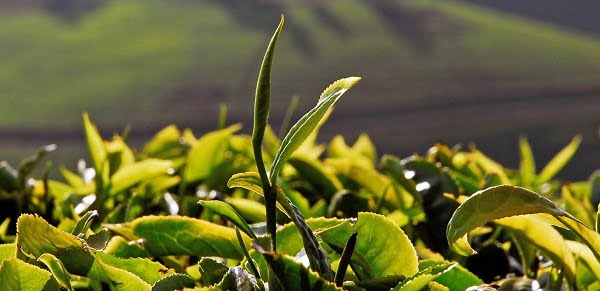
How Tea is Produced
Tea production techniques around the world vary somewhat depending on whether the primary requirement is creating quality leaf which commands a higher price per kilo or to achieve higher yields (picking more than two leaves and a bud means more stalk (known as fibrous) and wood is gathered) where output is higher but quality is substantially compromised which means a lower selling price per Ton (such as mechanical picking).
Tea in most African growing states is picked all year round, but dryer periods tend to offer an improved quality with bushes growing back their leaves and buds within seven to fourteen days of them being harvested. It takes, depending on altitude, three to five years for Tea bushes to be ready for Tea Production grown from cuttings. Once the Tea is picked great care must be taken by the pickers to ensure that the Leaf is not damaged or bruised in its journey on to the factory.
Initially that days Harvest is weighed to verify what to pay the pickers for their day’s toils, it is then put on conveyor belts that send the pickings on to huge withering troughs. The Tea is typically left there for around 8 hours, during this time the leaves are allowed to become Soft, fragile and malleable. These troughs have Large Turbines fitted, which sends warm dry air through the picked leaves, which can be made to accelerate the process if there has been heavy rainfall on that day’s harvest or indeed too much leaf has come in to handle that day with the overall intention to reduce the moisture within the leaves.
Once the Tea leaves are in a suitable condition, the Tea is broken down, normally by CTC (Cut, Tear & Curl) method (effectively it mangles the Leaf in lines of 3 or 4 rollers) which enables the finished Tea product to infuse faster or by the original traditional Orthodox Manufacture (where the Leaf is rolled), this rupturing of the leaf sets off an oxidisation process where it releases juices and enzymes and rolls and compresses the Tea leaves. Orthodox Green Tea will now be sent directly to the dryers at this point.
The Black Tea product now needs to be fermented, this means the mulched Tea leaves which are still green at this moment are put in large tanks and then allowed to stand for about 90 minutes, during this time the Tea naturally absorbs oxygen, internally combusts and the temperature also raises up to 98 degrees (monitored at all times) and this is a crucial part of the black tea making process and changes the leaf to a coppery brown colour.
The Mulched coppery brown leaf is now sent over to dryers which seals and dries the leaf and normally takes around 8 minutes to complete, this again is a crucial factor within the process where the moisture content is being reduced down from 98% to just 2.8%.
The dried tea (whether Green or Black) is now sorted into Graded sizes (vibrated over lines of different sized meshes) which is then weighed and packed into Sacks, sadly Tea Chests are no longer available.
Tea Grades
- CTC (Africa) BP1,BP, PF1, PF, P.Dust & secondary grades such as Dust.1s and Fngs.1
- Orthordox FTGF OP (Fine Tippy Golden Flowery Orange Pekoe), TG OP (Tippy
- Golden Flowery Orange Pekoe), GF OP (Golden Flowery Orange
- Pekoe), FOP (Flowery Orange Pekoe), OP (Orange Pekoe), GF BOP
- (Golden Flowery Broken Orange Pekoe), BOP (Broken
- Orange Pekoe), BOPF (Broken Orange Pekoe Fannings)
Secondary Grades Fannings1, Fannings2 (fibrous types), Dust1 and Dust 2 (2 means more fibrous (i.e stalk) and smaller particles in terms of Dusts.
The Teas are then shipped to the Ports and either sold privately or via Auction; Mombasa in Kenya is the main Trade Centre for most African growers.
Points of Interest
It takes 4 Kilos of Green Leaf to produce 1 Kilo of Black Leaf.
If a Tea plantation is a well run plantation with good growing conditions and cultivation it will produce high quality Tea (whatever the leaf size). The myth that Dusts are ‘sweepings’ from the floor is just not true, Leaf size is no guide to quality only a bench mark for Tea Blenders to source their blend components.
Tips on How to Make an Excellent Cup of Tea
Always use high quality Tea, using freshly boiled water, avoid re-boiling the water and the leaves will come to the top of the pot, depending on the style of Tea (Green Tea should be made at around 80 degrees), infuse for three to five minutes according to your taste preference.
